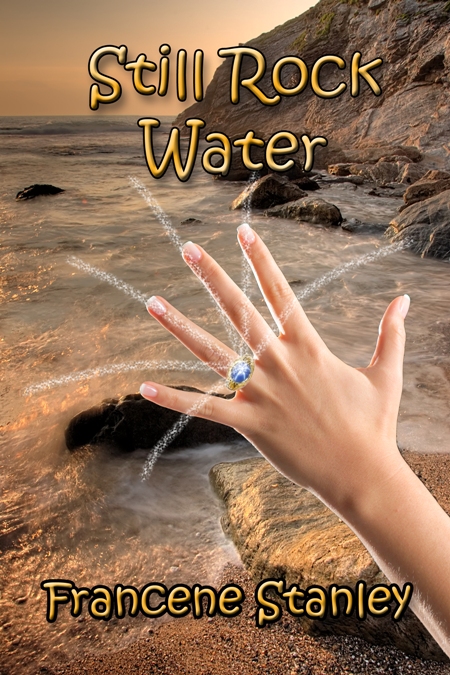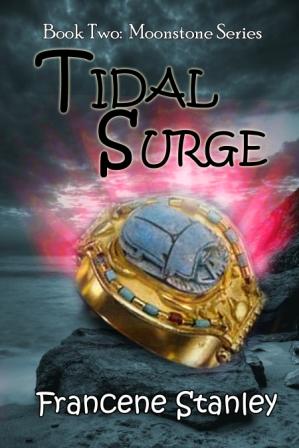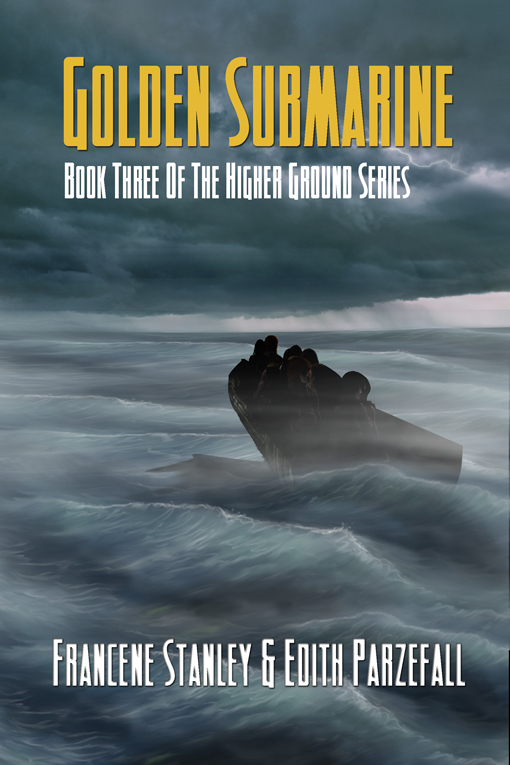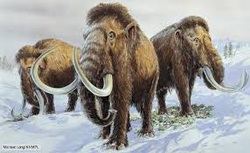 www.bbc.co.uk
www.bbc.co.uk Whew! What a relief. I would hate it if mankind killed off whole species in the past the way we seem to be doing these days. There is enough harm to answer for nowadays without knowing that humans were born exterminators.
Researchers have found evidence to suggest that climate change, rather than humans, was the main factor that drove the woolly mammoth to extinction. A DNA analysis shows that the number of creatures began to decrease much earlier than previously thought as the world's climate changed.
Research suggests the species nearly went extinct 120,000 years ago when the world warmed up for a while. Numbers are thought to have dropped from several million to tens of thousands but they recovered as the planet entered another ice age.
They also found that the decline leading to their eventual extinction began 20,000 years ago when the Ice Age was at its height, rather than 14,000 years ago when the world began to warm again as previously thought. In the south and tundra in the north, it could have been so cold that forests replaced the grassland on which the creatures thrived.
Woolly mammoths lived in Britain as recently as 14,000 years ago, according to radiocarbon dating evidence. The results from the adult male and four juvenile mammoths from Condover, Shropshire, reveal that the great beasts were in Britain more than 6,000 years longer than had previously been thought.
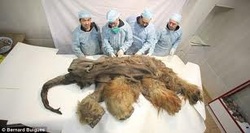 www.dailymail.co.uk
www.dailymail.co.uk Scientists think the ancient animal got stuck in a swamp. Preserved muscle tissue was also found from the creature, aged between 50 and 60 when she died, according to the Russian team who made the discovery on islands off the northern coast of Siberia. They could reach the age of 80 years. With matted hair and bald patches, resembling a much-loved toy somewhat past her prime, the mammoth was discovered in an ice tomb in the New Siberian Islands, or Novosibirsk Islands earlier this year. Parts of the carcass are especially well preserved because they remained entirely frozen for thousands of years. Read more.
The remains are on display in Tokyo between July and September. The laboratory has confirmed it is working with other mammoth DNA samples in a bid to return the extinct Siberian mammoth. The long-range plan is to plant an implanted egg into a live elephant for a 22-month pregnancy. They hope at least one living cell of the mammoth was preserved although this may not be the case.
Earlier this year a group of scientists from around the world met for the TEDx conference in Washington, sponsored by National Geographic. The group discussed the possibility of bringing 24 animals back from extinction, also known as ‘de-extinction’.
Eeeek! Another plot in a science fiction novel looks likely to become reality. I'm glad I won't be around to see Jurassic Park.

 RSS Feed
RSS Feed
